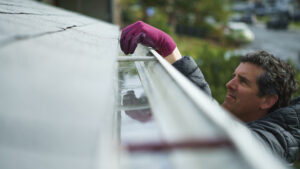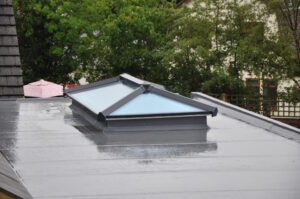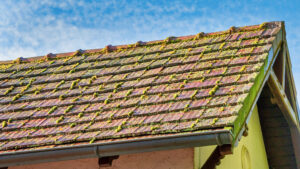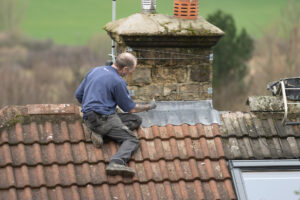Our roof system is the most important part of our home or building as it protects us from the harsh elements. Since it is directly exposed to the elements, it is only fair that we reinforce it in certain ways so it can stay strong.
Ice and water are two elements that tend to cause the most damage to the roof. To prevent and minimize the damage, an ice and water shield should be installed on the roof. The main function of this shield is to protect the roof decking in case water finds its way through the roofing materials, such as shingles.
What is an Ice and Water Shield?

Ice and water shields are also known as roofing underlayments. It is a waterproof membrane that is installed below the shingles. It is waterproof and is rubberized. It serves as a barrier to prevent leaks and damages that may be caused by melting ice and water when they try to find their way through vulnerable spots.
This anti-slip product is also known as a peel-and-stick roof underlayment, and it sticks to the surface of the roof deck with the help of an adhesive and keeps it from lifting even when there are harsh winds.
The modified bitumen adhesive back surface of the ice and water protector is shielded by a release film. During installation, the film is removed, ensuring that the membrane sticks to the roof deck and creates a watertight environment. When shingles are applied, the membranes are intended to provide an impenetrable barrier surrounding the nail penetrations.
It may be possible to stop leaks even after strong winds have blown off roof shingles by applying an ice and water protector to the whole roof. This would limit additional damage and facilitate repair. However, these membranes may produce a vapor barrier since the modified bitumen back surface is continuous. Therefore, if you would like to cover your roof with the ice and water shield, then you must ensure that your attic ventilation is in order.
What are Ice and Water Shields Made of?
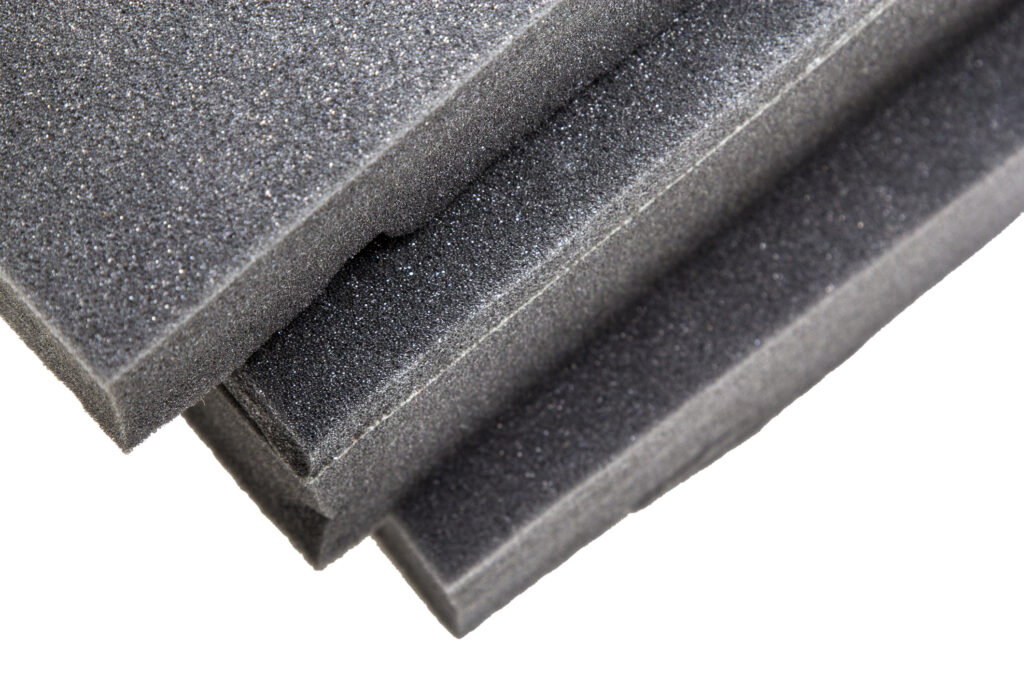
The ice and water shield is made from polymer-modified bitumen, which is commonly known as asphalt. The main feature of these shields is their ability to self-seal around roofing nails. Because of this design, there is a far lower chance of leaks when ice or storms push water under the shingles.
Where Should Ice and Water Protector be Applied?
Installing ice and water protectors over the roof is a task best left to professionals like us – WABO Roofing. We ensure that the work is executed in a skilled manner.
- Since eaves, rake edges, overhangs, and valleys are the most susceptible to ice dams and wind-driven rain. We would like to install ice and water protectors on these surfaces.
- Ice and water protection should also be installed beneath the flashing on vent stacks and chimneys because the shingles and flashing in these areas frequently do not fully overlap.
- Ice and water protection should be applied to features —like skylights and dormers, etc., that extend through the roof deck.
- Low-slope roofs, which fall between a minimum of 2:12 and 4:12, are also very vulnerable sites and need to be covered with water and ice shields. They frequently absorb snow from higher-pitched roofs above; large snowdrifts may build up on lower-sloping roofs. In addition, any ice dam that does form can ascend higher on the roof due to the reduced slope.
- Ice and water shields can also be installed on the entire roof if you think that ice and water are a constant threat to your roof and may compromise the safety of the building.
When To Install an Ice and Water Shield?
Roof felt and other underlayments should not be installed before an ice and water shield. You must install the ice and water shield below the flashing if you are installing roof sheathing around the chimneys. This ensures a watertight barrier is created.
Benefits of Installing Ice and Water Shield
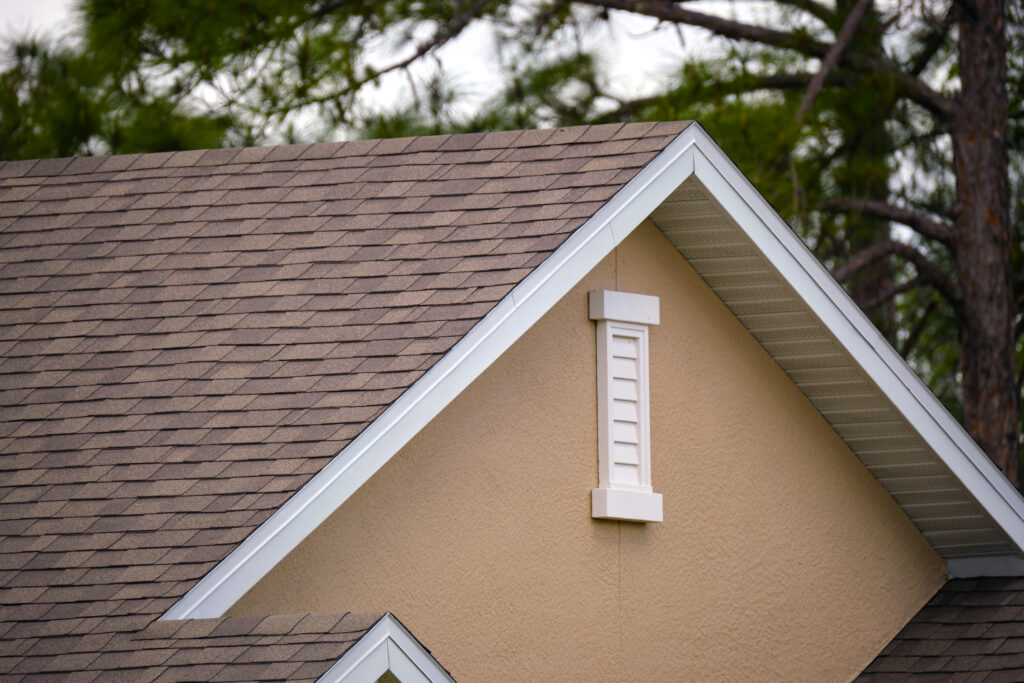
Protection Against Water Damage and Ice Dams For Your New Roof – If water seeps through your roof shingles or shingles are thrown off the roof during a storm, leaving your property exposed, an ice and water shield will keep your roof safe from water damage.
Easy Installation
Ice and water shields are self-sealing products. The underlayment has a strong adhesive on one side that sticks to the roof deck. An effective watertight seal is created by this adhesive. However, for a clean and skilled installation it is best that you trust professionals like WABO Roofing for this job.
Protects Vulnerable Areas on Roof
Ice and water shields aren’t limited to the roof deck, but they can also be installed on areas like rake edges, overhangs, chimneys, valleys, eaves, etc. We will assess your roof for the areas that are most prone to damage from ice dams and recommend installing roofing underlayment in these spots for added protection.
Types of Ice and Water Shields
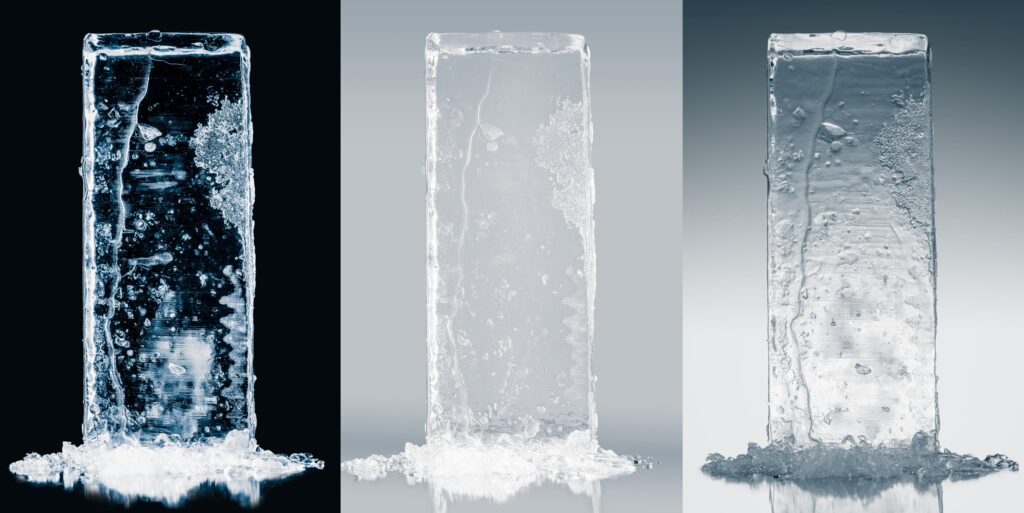
There are generally three types of ice and water shields available:
Smooth surface ice and water shields
This type of ice and water shield is applied on low-slope roofs.
High-heat ice and water shields
These types of shields are installed on metal roofs. They are made from fibers that feel like cotton. When the metal expands and compresses in hot weather, the substance keeps the roof covering from sticking to it and protects the ice and water shield from incurring damage. These are also used on high-end roof systems like slate and cedar shake.
Granular or sand surface ice and water shields
The granular or sand surface ice and water shield is the best type of shield. They are the thinnest of all the three and offer incredible protection against any leaks.
Professional Installation of Ice and Water Shields
As your neighbourhood professional roofing experts, you can depend on WABO Roofing for installing ice and water shield for your roof. We are roofing experts and deal in all types of jobs related to the roof.

